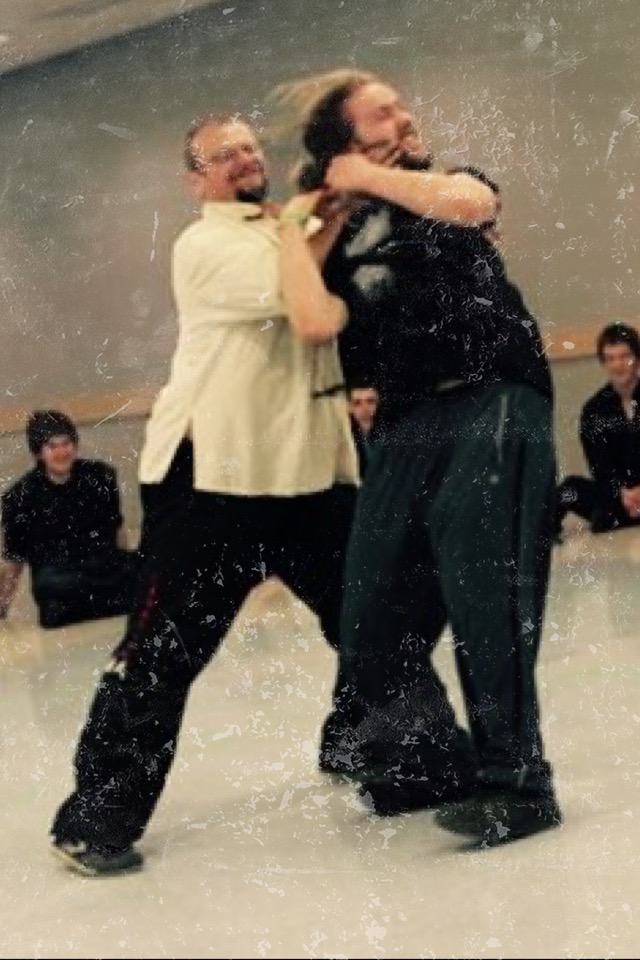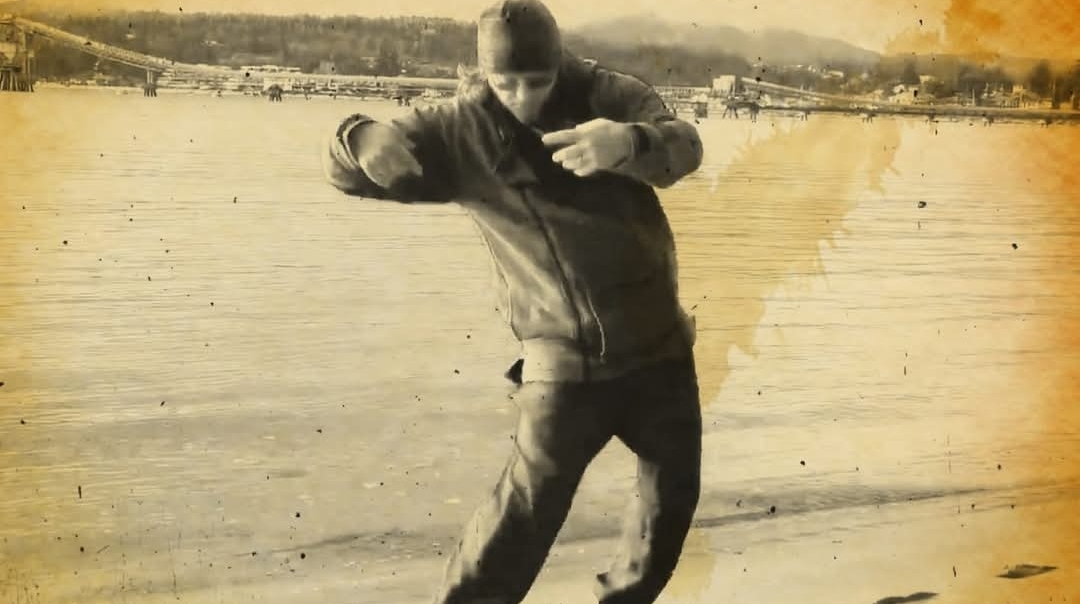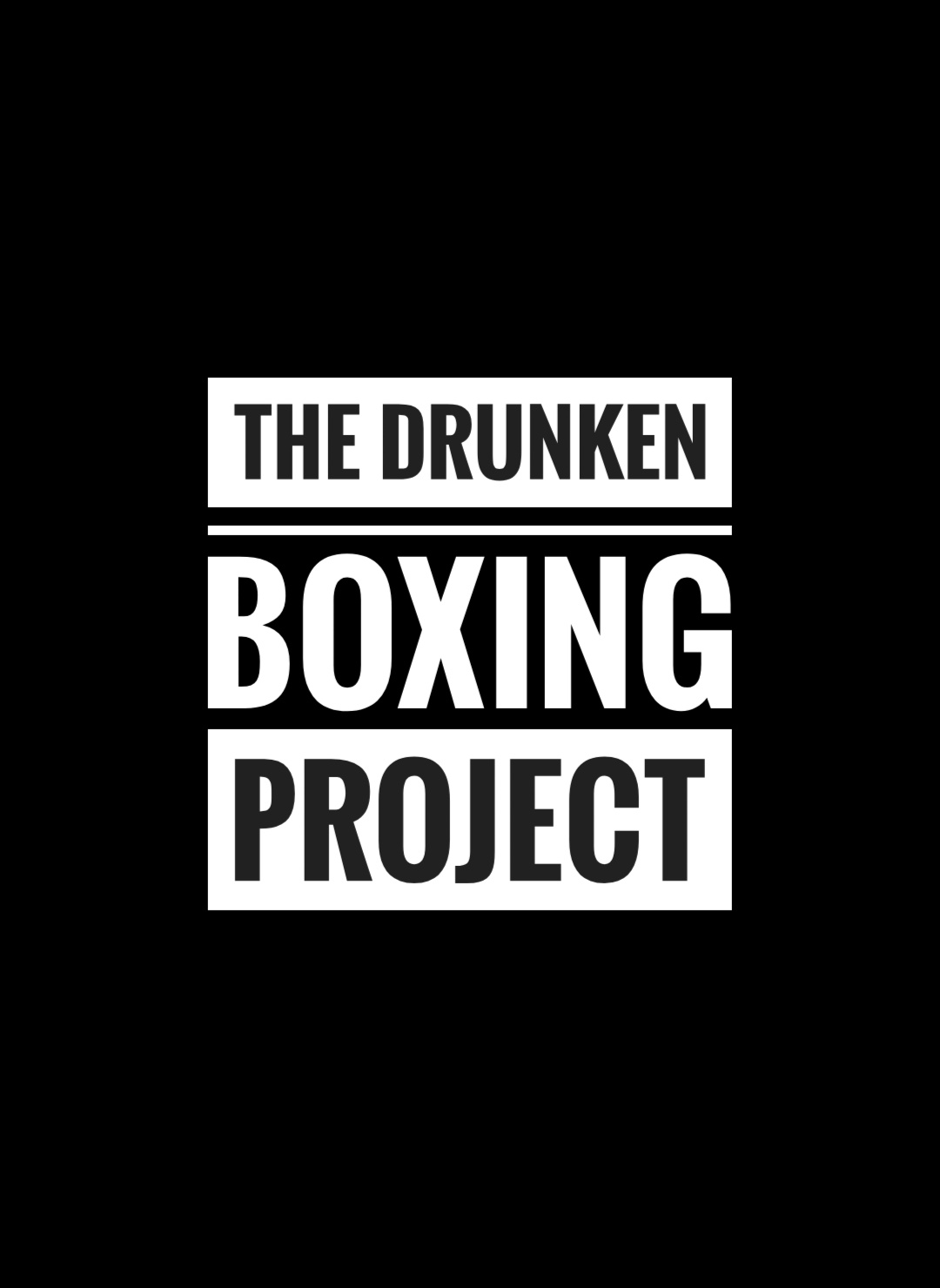Interpretation of Master Che Yizhai’s Words

By Neil Andrew Ripski
“Therefore when learning how to practice martial arts, it starts from emptiness and returns to emptiness. When you reach this point, the notions of Xingyi, Bagua, or Taiji all disappear into nothing but waves and ripples, an undifferentiated unity in which there can no longer be a ‘Taiji’ or a ‘Xingyi’ or a ‘Bagua’. Therefore the practice of the boxing arts does not lie in the postures, only in the spirit and energy being fully rounded and without gaps.”
— Che Yizhai (車毅齋)
Master Che’s words, spoken over a century ago, remain profoundly relevant today. In an era where quoting old masters is often done for effect rather than insight, I aim to do the opposite—to interpret and reflect on his wisdom rather than merely repeat it. There are ways these words can be misread, especially by newer practitioners, so any errors in interpretation are mine alone. Let Master Che's wisdom stand untarnished by any missteps in my understanding.
The Journey from Emptiness to Emptiness
“Therefore when learning how to practice martial arts, it starts from emptiness and returns to emptiness.”
The journey begins with an open, beginner's mind—empty of preconceptions but receptive to learning. This is the well-known metaphor of the “empty cup.” It is not an absence of value but an openness to receiving wisdom.
With time and practice under a skilled teacher, this cup fills with techniques, drills, strategies, and philosophy. Initially, we categorize and name each movement, forming a structured understanding of our practice. The body and mind crave something tangible in the beginning.
Yet, as we walk the path long enough, this structure overflows. The next stage begins: the return to emptiness. This does not mean forgetting what we have learned but rather transcending the need for rigid definitions. Techniques merge into principles. Movements lose their labels and simply become part of us. The distinctions between kicks, throws, or strikes dissolve—each action emerging naturally, then vanishing without trace.
The Disappearance of Style
“When you reach this point, the notions of Xingyi, Bagua, or Taiji all disappear...”
This applies to any internal martial art or any deep study of the self through movement.
Xingyi, Bagua, Taiji—these are names, tools, vehicles for learning. Like a raft used to cross a river, they serve their purpose. But once the river is crossed, carrying the raft further is unnecessary.
I believe in one ultimate martial art, expressed in infinite ways through different bodies and historical contexts. The Buddha said, “There are 84,000 doors to the Dharma.” Martial arts should be no different.
However, this does not mean that styles are meaningless. On the contrary, form is essential in the beginning. It provides the structure and discipline necessary for true development. To attempt formlessness too soon is to remain trapped in unexamined habits. True natural movement is cultivated, not assumed.
Beyond Postures: The Unity of Spirit and Energy
“The practice… does not lie in the postures, only in the spirit and energy being fully rounded and without gaps.”
This is the heart of Master Che's teaching, easily overlooked but carrying immense depth.
To be “fully rounded and without gaps” means to move seamlessly, with no division between thought and action. Breath, body, and will cease to take turns leading—they become one.
A Closing Reflection
“When the shoe fits, the foot is forgotten. When the belt fits, the belly is forgotten. When the heart is right, ‘for’ and ‘against’ are forgotten—and all things become perfectly clear.”
— Zhuangzi (莊子)
When practice truly fits, it disappears. Style debates become meaningless. What remains is not Xingyi, Bagua, or Taiji.
What remains is you.
Neil Ripski
Citations
Che Yizhai (車毅齋)
“Therefore when learning how to practice martial arts, it starts from emptiness and returns to emptiness. When you reach this point, the notions of Xingyi, Bagua, or Taiji all disappear into nothing but waves and ripples, an undifferentiated unity in which there can no longer be a ‘Taiji’ or a ‘Xingyi’ or a ‘Bagua’. Therefore the practice of the boxing arts does not lie in the postures, only in the spirit and energy being fully rounded and without gaps.”
— Che Yizhai, as cited in the preface to Liuhebafa Quanfa by Wu Yihui (吳翼翬), early 20th-century internal martial arts literature.
Zhuangzi (莊子)
“When the shoe fits, the foot is forgotten. When the belt fits, the belly is forgotten. When the heart is right, ‘for’ and ‘against’ are forgotten—and all things become perfectly clear.”
— Zhuangzi, Chapter 2: Qiwulun (齊物論) – Discussion on Making All Things Equal, circa 4th century BCE.
The Buddha (Traditional Attribution)
“There are 84,000 doors to the Dharma.”
— Commonly attributed in Mahayana Buddhist teachings, referencing the infinite methods of cultivating enlightenment.



